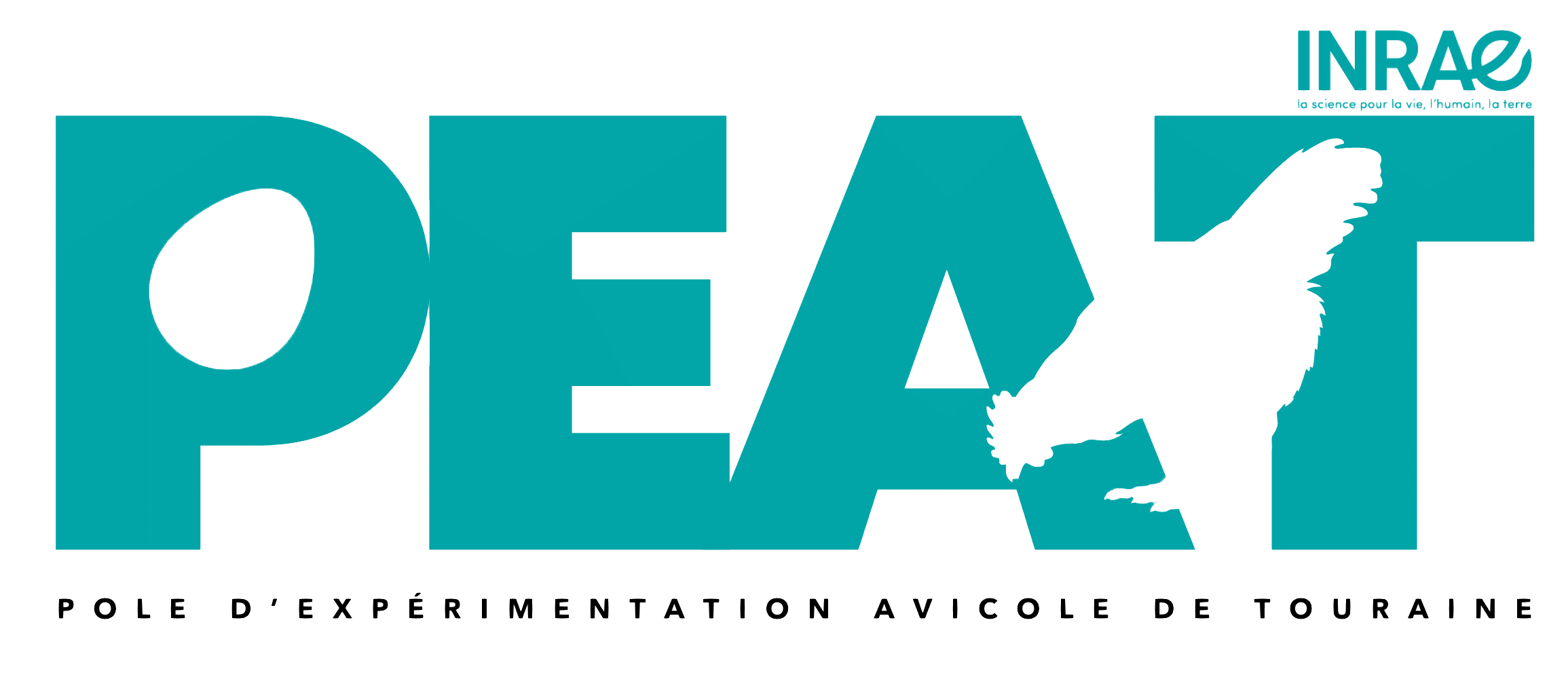Ontogeny of hepatic metabolism in two broiler lines divergently selected for the ultimate pH of the Pectoralis major muscle
Résumé
Abstract Background Nutrient availability during early stages of development (embryogenesis and the first week post-hatch) can have long-term effects on physiological functions and bird metabolism. The embryo develops in a closed structure and depends entirely on the nutrients and energy available in the egg. The aim of this study was to describe the ontogeny of pathways governing hepatic metabolism that mediates many physiological functions in the pHu + and pHu- chicken lines, which are divergently selected for the ultimate pH of meat, a proxy for muscle glycogen stores, and which differ in the nutrient content and composition of eggs. Results We identified eight clusters of genes showing a common pattern of expression between embryonic day 12 (E12) and day 8 (D8) post-hatch. These clusters were not representative of a specific metabolic pathway or function. On E12 and E14, the majority of genes differentially expressed between the pHu + and pHu- lines were overexpressed in the pHu + line. Conversely, the majority of genes differentially expressed from E18 were overexpressed in the pHu- line. During the metabolic shift at E18, there was a decrease in the expression of genes linked to several metabolic functions (e.g. protein synthesis, autophagy and mitochondrial activity). At hatching (D0), there were two distinct groups of pHu + chicks based on hierarchical clustering; these groups also differed in liver weight and serum parameters (e.g. triglyceride content and creatine kinase activity). At D0 and D8, there was a sex effect for several metabolic pathways. Metabolism appeared to be more active and oriented towards protein synthesis ( RPS6 ) and fatty acid β-oxidation ( ACAA2 , ACOX1 ) in males than in females. In comparison, the genes overexpressed in females were related to carbohydrate metabolism ( SLC2A1, SLC2A12 , FoxO1 , PHKA2 , PHKB , PRKAB2 and GYS2 ). Conclusions Our study provides the first detailed description of the evolution of different hepatic metabolic pathways during the early development of embryos and post-hatching chicks. We found a metabolic orientation for the pHu + line towards proteolysis, glycogen degradation, ATP synthesis and autophagy, likely in response to a higher energy requirement compared with pHu- embryos. The metabolic orientations specific to the pHu + and pHu- lines are established very early, probably in relation with their different genetic background and available nutrients.
Domaines
Sciences du Vivant [q-bio]| Origine | Fichiers éditeurs autorisés sur une archive ouverte |
|---|---|
| licence |



